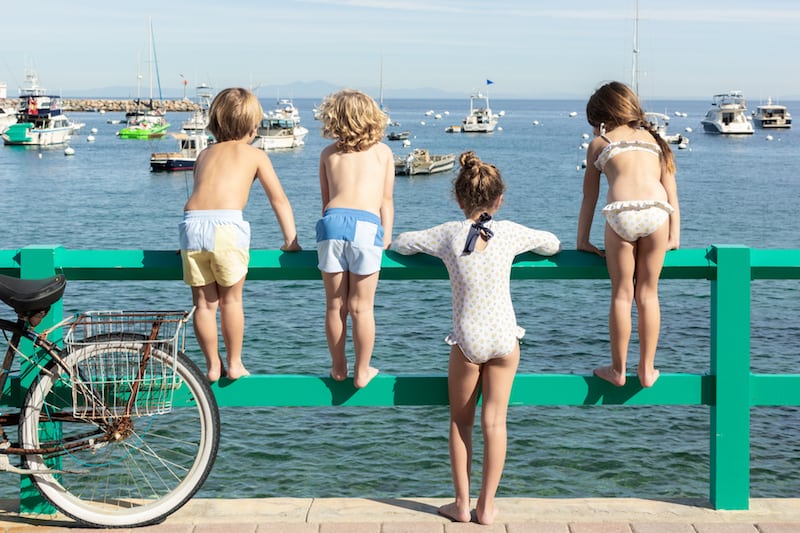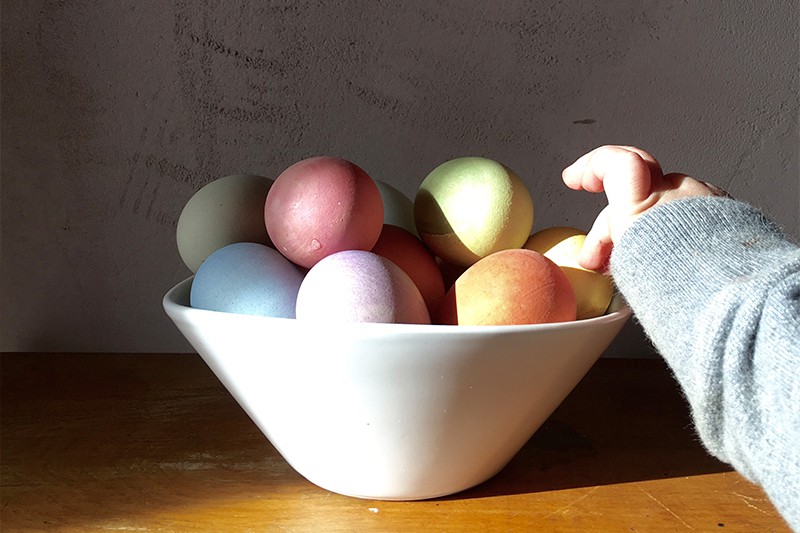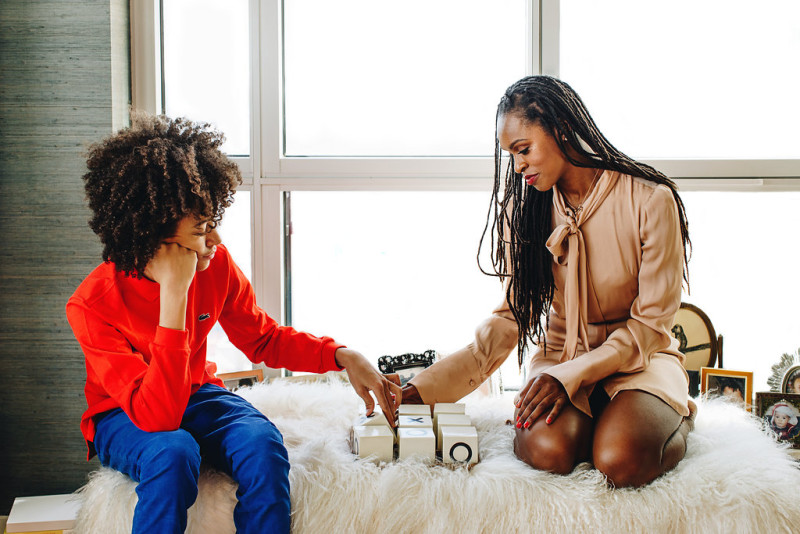
Water Safety 101
Written by Liz Kerins Pacheco
Photography by Minnow Swim
Summer is in full swing, which means plenty of afternoons spent floating in the pool or burying our toes into the sand. Nothing says summer like spending 24/7 in a swimsuit, cannon-balling into whatever body of water is available to you. But for those of us with little ones underfoot, those relaxing moments have us spending more time toting gear, getting splashed in the face, and cleaning sand out of every single thing we own.
And then there’s also the issue of keeping your kids safe while they paddle around. Maybe your children have been swimming all summer long, but that doesn’t mean they’re clear from danger. Kids need constant supervision around water, whether it be a pool, a waterpark, or the ocean. So, before you hit the H20 next, read these tips for keeping your family safe…so that you can actual enjoy your day in the water!
Set Rules.
Think carefully about how your family talks about water and swimming. We want our children to learn to swim, but we must also stress the importance of waiting for an adult before diving in. Establish a set of rules for the pool, whether it’s yours or a public one, for your family and visitors. No running or rough-housing in or around the pool. No glass, electrical, or breakable objects should be present, and be sure to restate rules regularly and enforce consequences when broken.
Nominate a Water Watcher.
Even if you’ve enrolled your kid in swimming lessons, don’t assume it’s okay to leave children unattended in the water. They might be good floaters but mom, dad, or a trusted caretaker should always be the first line of defense. Nominate an adult “water watcher” in your party—have that person wear a bracelet or necklace as a physical reminder of who is in charge of watching the water. A simple rubber band around the wrist or a Hawaiian lei can do the trick. When the water watcher needs a break, they must find a replacement and “pass the baton” to another responsible adult.
Be Selective.
Make sure that any pools your child might have access to are well secured with a safety fence on all four sides. This simple fencing can prevent up to 7 out of 10 drownings in children under the age of five. If a house serves as the “fourth side” of a fence surrounding a pool, it’s a good idea to install an alarm on the exit door to the yard and pool. You can also place window guards on windows. This way, you’re alerted anytime little bodies head towards the water. If you are headed out on vacation and renting a condo or house with a pool, be sure to ask if it’s properly fenced.
Skip the Floaties.
While it may seem safer to stick puddle jumpers or water wings on the kids, such inflatable floatation devices give kids a false sense of security. For babies and toddlers, it can make them think they can jump in on their own and float. Such devices also instill incorrect muscle memory—being vertical in water is considered “drowning position.” Of course, when out on a boat or swimming in open water, encourage the whole family to wear life vests. Even strong swimmers can be caught off guard!
Stay Close.
Park your beach chairs or lay pool towels within arm’s reach of little ones. Even if the water is shallow, you don’t want your child to fall in or be taken under by an unexpected wave at the beach. They’ll also feel more content and comforted knowing that you’re close by.
Pack A Kit.
Prepare a waterproof bag or tote full of common first aid items, such as bandaids, sunscreen, antiseptic, bug spray, lip balm, bottled water, and more. Bring the kit to the pool, beach, or other outdoor event. This way, you’re prepared for anything.
Tidy Up.
Make sure your pool water stays clean and clear for safe swimming. Maintain proper chemical levels, filtration, and circulation. Regularly test and adjust the chemical levels to minimize the risk of earaches, rashes, burning eyes, or other serious problems. And always clean toys up and out of the water when finished swimming, as kids may be tempted to try and retrieve them later. Baby wading pools and buckets should always be drained immediately after use.
Get Schooled in CPR
All parents and caretakers should have current CPR certification. If something goes wrong, performing CPR could be the lifesaving step.
The importance of water safety can’t be understated. Please read these tragic accounts from mothers Nicole Hughes and Lakeya Collins who lost children to drowning and have since become vocal advocates for drowning prevention.
Share this story




